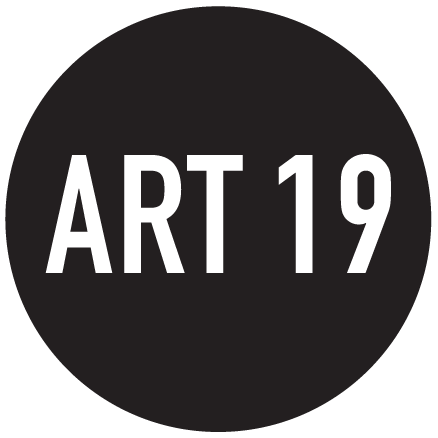Artforum : Shilpa Gupta FRITH STREET GALLERY | GOLDEN SQUARE (by Emily LaBarge)
Shilpa Gupta, Untitled, 2021, C-print, 16 1⁄2 × 25". From the series “Untitled,” 2021.
Shilpa Gupta
FRITH STREET GALLERY | GOLDEN SQUARE
Is isolation art a new genre? (I hope not, but bear with me.) Or solitude art? Art of the disconsolate? (This would not be new.) Art of the vanished, the absent, the disappeared? (Neither would these.) The year 2021 spawned a lot of what we might reluctantly call lockdown art— “This art plumbs the depths of solitude”; “This exhibition champions creativity in confinement”; “This artist believes spring cannot be canceled”—and for obvious reasons. So Shilpa Gupta’s recent exhibition at Frith Street Gallery was a relief. Rather than teem with an individual’s consciousness, truisms about the meaning of life, art’s power to unite and heal, or the transformative nature of suffering, the space was nearly empty.
Running concurrently with Gupta’s first UK institutional show, “Sun at Night,” at London’s Barbican Centre, the exhibition was refreshingly reticent about the past two years, during and in response to which all the works on display were made. The “Untitled” series, 2021, comprised six wall-mounted photographs, though that’s not quite the right word: The middle of each C-print had been cut out, leaving a border just wide enough to hint at what the image might have shown: thick roadside foliage, a rosy sky, and empty streets and buildings. The mind makes associations, projections, tries to fill the ghostly space, which remains blank and recalcitrant. Nearby, atop a slender wooden plinth, a knife spun counterclockwise, its mottled blade pointing upward. The work’s title, Untitled (from 6, 10.3, 2 series), 2021, refers to pandemic-related social distancing across different systems of measurement: six feet, 10.3 widths of Gupta’s hand, two meters. At the center of the room, hanging from two chains, was a split-flap display board like those seen in train stations. On a thirty-five-minute loop,WeAreCloserThanYouEverImagined, 2020, presented headlines, turns of phrase, memories, events, and fragments of text at once all too familiar and not. A sampling: DO NOT PANIC / CARE FOR YOURSELF / FALSE NEGATIVE / YOU VOTED FOR THEM / DON’T LET THEM / ENTER YOUR SKIN. Unmoored from meaning or context, the statements careen from paranoid to amorous, fearful to obedient, cynical to poetic—the last a word the gallery used to describe Gupta’s work. Here, I took poetic to mean something like open-ended and nonprescriptive, full of space, impressions, fleeting emotions, images conjured and dispersed. Gupta’s politics, if she has any, were not discernible. The artist has said she dislikes categories and thinks of her works as conversations about perception and socially constructed meaning, with the viewer as pivotal to interpretation as the maker. Should this be unsettling? Have we become accustomed to having a position spelled out for us to seamlessly identify with or reject?
This was one of the loneliest shows I saw last year, one of the loneliest years, but not in a bad way: Gupta’s works impart ambiguity and autonomy, demanding the viewer sit and wrangle with them alone. They are about recent times, and they are not about recent times. They are about time in general, about waiting and endlessness. They are about what the artist saw or didn’t, tried to capture or couldn’t. They are perhaps about what others saw, too, or didn’t; how we speak and listen to one another, or don’t; how we look at, notice each other at all, or don’t; how things enter the mind, stay there, sink in, or don’t. How all of these and more are options when presented with different varieties of information daily—that which we wish to know, or don’t. Looking at Gupta’s works, your mind may not go here, but mine did. That was one of the virtues of the exhibition: There was room, ample, for everyone.
— Emily LaBarge
Article published on https://www.artforum.com

